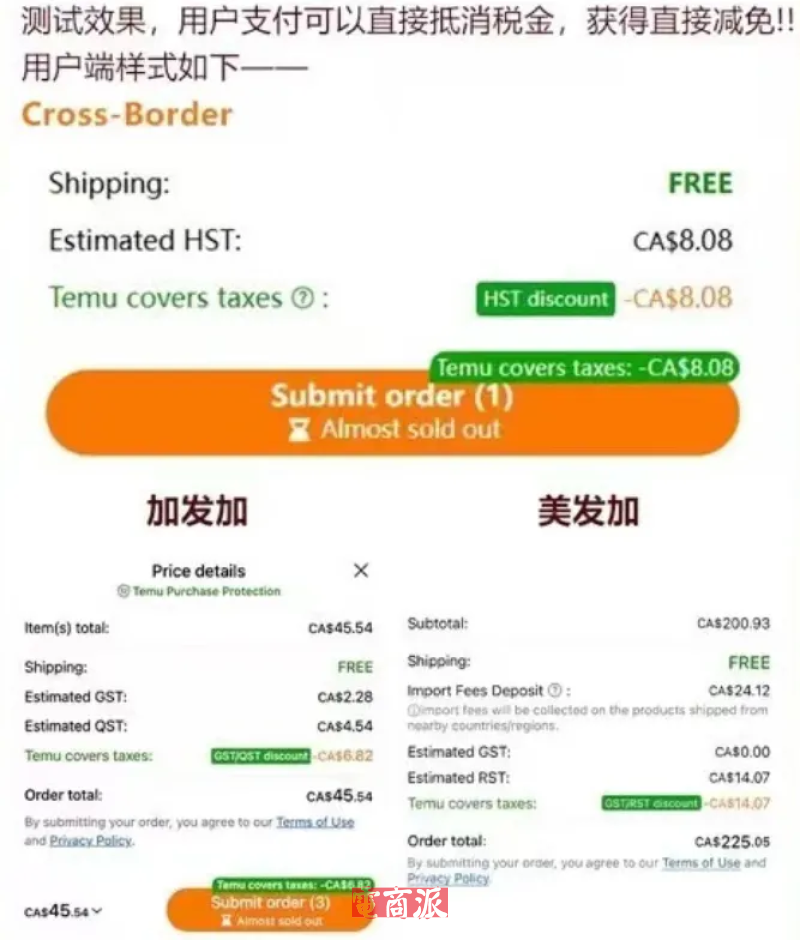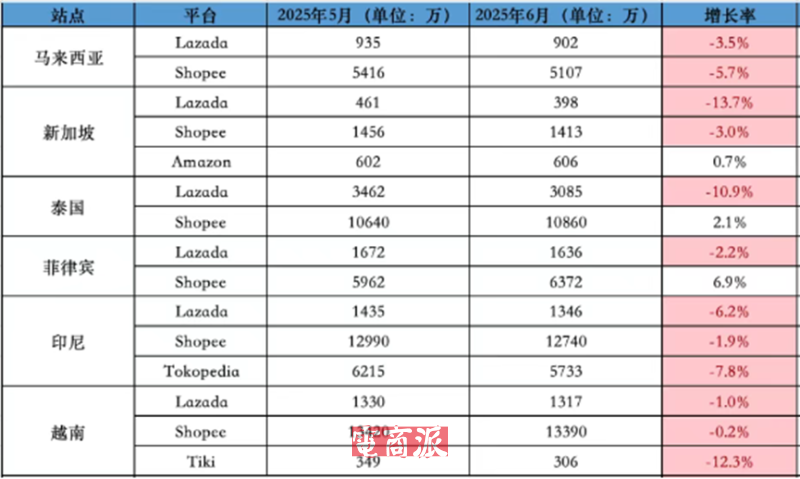css页面居中

在CSS中居中一个元素,可以使用不同的方法,包括使用flexbox布局、定位属性和margin属性等。以下是一些常用的方法,详细解释如下:
1. 使用flexbox布局
Flexbox布局是一种灵活的布局模式,可以帮助我们轻松实现元素的居中对齐。以下是使用flexbox布局居中一个元素的几种方法:
1.1 水平居中
.container {
display: flex;
justify-content: center;
}
1.2 垂直居中
.container {
display: flex;
align-items: center;
}
1.3 同时水平和垂直居中
.container {
display: flex;
justify-content: center;
align-items: center;
}
2. 使用定位属性
另一种常用的居中元素的方法是使用定位属性。以下是一些使用定位属性居中元素的方法:
2.1 水平居中
.container {
position: relative;
}
.center-element {
position: absolute;
left: 50%;
transform: translateX(-50%);
}
2.2 垂直居中
.container {
position: relative;
}
.center-element {
position: absolute;
top: 50%;
transform: translateY(-50%);
}
2.3 同时水平和垂直居中
.container {
position: relative;
}
.center-element {
position: absolute;
left: 50%;
top: 50%;
transform: translate(-50%
-50%);
}
3. 使用margin属性
另一种简单的居中元素的方法是使用margin属性。以下是一些使用margin属性居中元素的方法:
3.1 水平居中
.center-element {
margin-left: auto;
margin-right: auto;
}
3.2 垂直居中
.container {
height: 100vh;
}
.center-element {
margin-top: auto;
margin-bottom: auto;
}
3.3 同时水平和垂直居中
.container {
height: 100vh;
display: flex;
justify-content: center;
align-items: center;
}
.center-element {
margin: auto;
}
以上是常用的CSS居中元素的方法,根据具体的需求和布局情况,可以选择其中的一种或多种方法来实现居中效果。
总结起来,CSS可以使用flexbox布局、定位属性和margin属性等多种方法来实现页面居中效果。选择合适的方法要根据具体的需求和布局情况来决定。以上提供的方法仅是常用的几种,还有其他更多的方式可以实现居中效果。
 邮件群发-邮件群发软件|邮件批量发送工具|群发邮件平台|批量邮箱发送系统公司
邮件群发-邮件群发软件|邮件批量发送工具|群发邮件平台|批量邮箱发送系统公司








